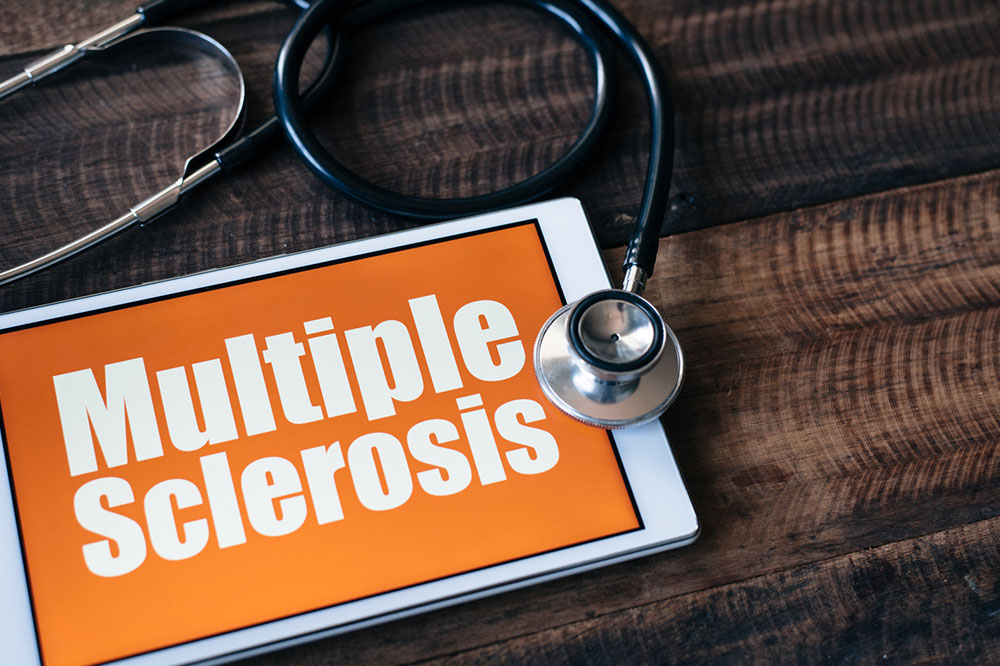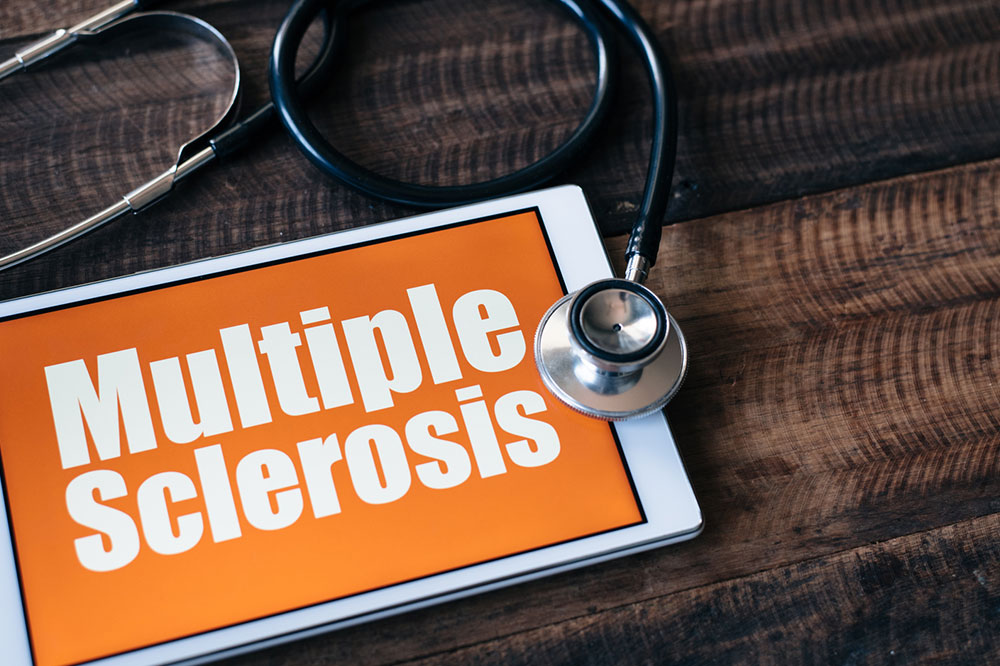Comprehensive Guide to Multiple Sclerosis: Causes, Symptoms, and Effective Management Strategies
This comprehensive article explores Multiple Sclerosis (MS), detailing its causes, symptoms, diagnosis challenges, and current management strategies. It emphasizes the importance of understanding the disease's underlying mechanisms, risk factors, and the role of myelin damage in neurological impairment. The guide also discusses future research directions aiming to improve treatment options and patient quality of life, providing valuable insights for healthcare providers, patients, and caregivers alike.

Comprehensive Guide to Multiple Sclerosis: Causes, Symptoms, and Effective Management Strategies
Multiple Sclerosis (MS) is a complex autoimmune disease that predominantly affects the central nervous system, which includes the brain and spinal cord. It occurs when the body's immune system mistakenly targets the protective covering of nerve fibers known as myelin. This attack causes inflammation and subsequent damage to myelin, resulting in the formation of scar tissue or lesions. These lesions disrupt normal nerve signaling, leading to a wide array of neurological symptoms. MS is characterized by episodes of symptom flare-ups (relapses) followed by periods of partial or complete recovery (remissions). Interestingly, the disease is more common in women than men, and certain demographic and geographic factors influence its prevalence.
The risk of developing MS appears to be influenced by various factors, including geographical location, birth month, and genetic predisposition. Research has shown that individuals born farther from the equator have a higher likelihood of developing MS, hinting at potential environmental influences like vitamin D deficiency. Diagnosis remains challenging because symptoms often resemble other neurological disorders, and there is no definitive test for MS. Current treatments focus on managing immune response, slowing disease progression, and alleviating symptoms, although these approaches carry certain risks, especially with immune-suppressing medications.
Central to understanding MS is the role of myelin, the insulating material that surrounds nerve fibers. Myelin accelerates electrical impulses along nerves, facilitating rapid communication between the brain and the rest of the body. When this protective layer is damaged or destroyed, nerve signals become slowed or blocked, resulting in various neurological deficits. The location and extent of myelin damage determine the types of symptoms experienced, which can vary widely among individuals.
Lesions or plaques form when the immune system attacks myelin, leading to nerve degradation over time. The precise cause of MS remains unknown, but it is believed to involve a combination of genetic factors, environmental exposures, infectious agents, and immune system abnormalities. Age is a significant risk factor, with most cases developing between 18 and 60 years old. Women are disproportionately affected, with an estimated female-to-male ratio of about 3:1. Geographical trends reveal higher prevalence rates in regions farther from the equator, supporting the hypothesis that sunlight exposure and vitamin D levels may influence disease risk. Viral infections, particularly Epstein-Barr virus (EBV), have been implicated as potential triggers, although conclusive evidence is still under investigation.
The clinical presentation of MS is highly variable, reflecting the diverse locations of lesions within the central nervous system. Common symptoms include bladder and bowel dysfunction, such as urgency, incontinence, or constipation. Cognitive impairments, including memory problems and difficulty concentrating, are also prevalent. Many patients experience sensory disturbances like numbness or tingling. Motor symptoms such as muscle weakness, spasticity, or coordination problems may occur. Additionally, emotional and psychiatric issues, including depression and mood swings, are common among MS patients. Since these symptoms can be caused by different types of lesions, diagnosing MS often involves extensive neurological examinations, MRI imaging, and ruling out other conditions.
Though MS can significantly impact an individual’s quality of life, it rarely reduces life expectancy. The primary goals of treatment are to modify the disease course, manage symptoms, and improve quality of life. Disease-modifying therapies (DMTs) are designed to reduce relapse frequency and slow progression but may carry risks such as infections or adverse effects on the immune system. Symptomatic treatments include physical therapy, medications for muscle spasms, fatigue, pain, and bladder issues. Advances in research are continually enhancing our understanding of MS, offering hope for more targeted and less invasive therapies in the future.
In summary, Multiple Sclerosis is a multifaceted autoimmune disorder with a complex interplay of genetic, environmental, and infectious factors. Its symptoms are diverse and depend on lesion locations within the nervous system. Early diagnosis and a comprehensive treatment plan are crucial for managing the disease effectively. Continued research strives to uncover the root causes of MS and to develop therapies that can halt or reverse neural damage, ultimately improving outcomes for those affected.





